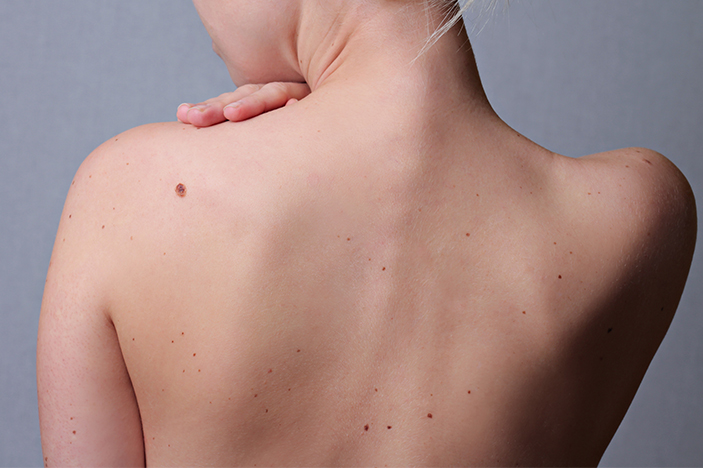Moles are common skin features that many people live with for years. While most moles are harmless, some individuals choose to have them removed for cosmetic or medical reasons. Whether it's for enhancing appearance or addressing concerns about potential changes in the mole, treatments today offer a wide range of effective solutions. However, an important question remains: Is mole removal treatment safe for all skin types?Understanding the nuances of skin types and how they react to different dermatological procedures is crucial before opting for any cosmetic treatment. Mole Removal Treatments Dubai has become a point of interest for those seeking refined procedures tailored to various skin types and tones. But safety, effectiveness, and after-effects vary depending on several factors.
Different Types of Mole Removal Treatments
There are several options for removing moles, and the best one depends on the mole’s type, location, size, and whether it appears suspicious. Here's a look at the most commonly used techniques:
Surgical Excision
This method involves cutting out the mole with a scalpel and stitching the skin back together. It’s usually recommended for larger or potentially cancerous moles, as the tissue can be examined afterward.
Surgical Shaving
Unlike excision, this technique shaves the mole down to skin level without the need for stitches. It's usually used for smaller, raised moles.
Laser Mole Removal
Laser therapy is a non-invasive technique where intense light beams are used to break down the pigment of the mole. This is often chosen for smaller, flat moles and is especially useful in hard-to-reach areas.
Cryotherapy
This method uses liquid nitrogen to freeze off the mole. It’s quick but may require multiple sessions depending on the mole’s depth and size.
Radiofrequency (RF) Removal
RF removal uses electrical currents to break down mole tissues with minimal thermal damage. This method is praised for its precision and low risk of scarring.
Is Mole Removal Safe for All Skin Types?
Skin types are categorized into six types on the Fitzpatrick scale, ranging from very fair (Type I) to very dark (Type VI). Safety and healing outcomes can differ across this spectrum.
Fair Skin (Type I–III)
People with fair skin generally tolerate most mole removal procedures well. Healing is usually quicker, and scarring is often minimal.
Medium to Olive Skin (Type IV)
This skin type may experience hyperpigmentation (darkening of the skin) or hypopigmentation (light spots) after procedures, especially if post-care instructions are not followed closely.
Darker Skin (Type V–VI)
While mole removal is still safe, extra care is needed to avoid pigmentation issues or keloid scarring. Laser treatments are usually approached with caution, and methods like surgical shaving or RF removal are often preferred.
Final Thoughts
Mole removal treatment has come a long way with modern technology offering a range of effective and relatively painless options. The procedures are generally safe for all skin types, but the key to a successful outcome lies in choosing the right method tailored to your skin tone and mole type.






Comments